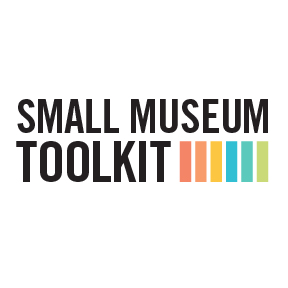Good financial stewardship entails more than a series of
management functions, gift acknowledgment, donor recognition, prudent
investment, careful accounting, and many other activities related to the fundraising
process. It is all these things, of course, but also much more. Stewardship
implies an even deeper burden of trust, responsibility, and accountability. It
speaks to the heart of what philanthropy is; hence, it is a profound expression
of the shared responsibility that individuals and organization have to
contribute to the common good. Trust and responsibility are essential
components of good stewardship. They are also indispensable to the concept of
ethical fundraising.
To be good stewards, internal controls are especially
important in small museums with limited staff. No one individual should be
responsible for all duties, whether dealing with revenues or expenses. It is
understood that many small museums do not have multiple staff members, board
members, or volunteers to separate the duties, but segregating them is still
both important and possible, and museums should make every effort to do so.
To help prevent fraud and control errors, here are some ways
to segregate duties for cash receipts, cash disbursements, and petty cash
developed by the Delaware Association of Nonprofit Agencies. Adapt them for your small museum.
Cash Receipts
- The mail should be opened by someone other than the bookkeeper.
- Have the person opening the mail immediately stamp all checks “For Deposit Only.”
- One person should run a calculator tape on checks received and keep or give them to someone other than the bookkeeper. The mail opener or bookkeeper should prepare the deposit slip.
- Someone other than the person who prepared the deposit slip should take the deposit to the bank.
- Copies of the checks should be forwarded to the bookkeeper.
- The bookkeeper should enter information into the accounting system using copies of checks.
- After the deposit is made, the validated deposit slip should be compared to the tape that was run on the checks. The person comparing these should initial the deposit slip to verify that this procedure was performed. At month’s end, when the bank statement is received, this same individual should compare the deposit slips to the deposits on the bank statement.
- Acknowledgments to donors should not be prepared by the person(s) who opens the mail or by the bookkeeper.
Cash Disbursements
- Incoming vendor invoices should be forwarded to an individual who checks the invoices for addition and expense errors and then forwards them to the executive director or other responsible person for approval.
- The person approving invoices should review them in detail to confirm the charges are legitimate and initial the invoice to approve it for payment. This can be noted on the face of the invoice or on a voucher attached to the invoice.
- The approved invoice should be submitted to the bookkeeper for preparation of the check.
- The bookkeeper should cancel the invoice indicating date paid and check number. The bookkeeper should then return the check and the supporting documentation to the person(s) responsible for signing checks.
- The check signer(s) should review the check, compare it to the invoice(s), review the account distribution, and sign it.
- A stamp or voucher should be used to document approval of the invoice, account distribution, the date it was paid, and the check number.
- Consider requiring two signatures on larger checks.
- Someone other than the person who prepares the checks should mail them to vendors.
- Expense reports of the executive director should be approved by a board or committee member.
- Vendors’ original invoices should be matched to statements. Payment should be made based on original invoices rather than the statement.
Brenda Granger has worked for small museums and has been the
executive director of the Oklahoma Museums Association since 2005. The OMA supports the efforts of Oklahoma museums
with their efforts to educate, inform, and entertain. Oklahoma is home to
more than five hundred museums, with 75 percent of them being self-defined as
small.
